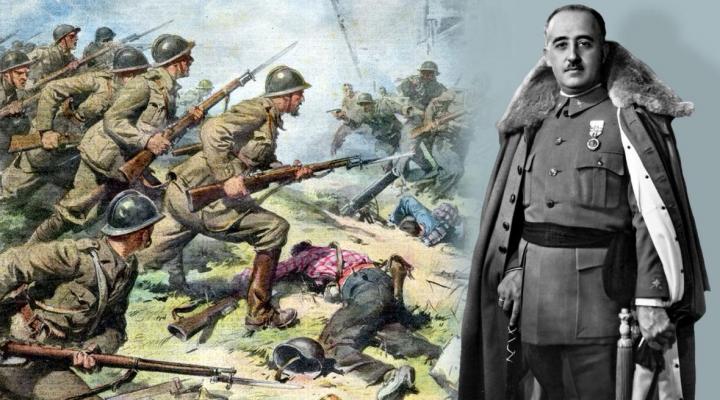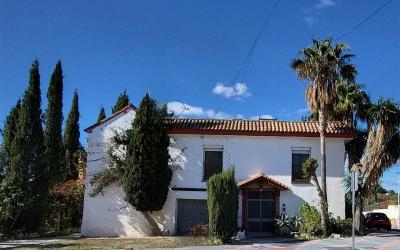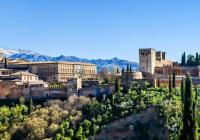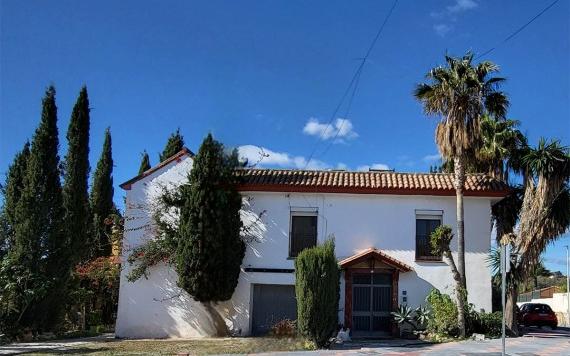
Whether you’re thinking of moving to Spain, visiting Spain for your next holiday, or you simply have a deep appreciation for the richness of Spanish culture, it is important to understand the history of the country: quite simply, the Spanish civil war split the country in two. It is the single-biggest event of historical significance in the county, and many people living in Southern Spain continue to deal with their country’s past tragedy.
Here’s our beginners guide to understanding the Spanish Civil War, to better enable you to understand this dark time in the country’s history:
How the Spanish Civil War Began
Whilst the background that led to the Spanish Civil War could be said to have been bubbling for centuries, the War officially began on July 18, 1936. This is when generals Emilio Mola and Francisco Franco launched an uprising aimed at overthrowing the country's democratically elected republic. Franco gained the support of the German and Italian dictators Adolf Hitler and Benito Mussolini. They supported Franco, supplying planes and troops that would regularly bomb and target cities around the country and, for the first time in Spanish history, civilians were direct targets of the attacks.
An Atmosphere of Terror Across the Country
The War caused mayhem and terror across the country. Rebel general Gonzalo Queipo de Llano confirmed this in a radio address in July 1936 when he said that: “We must create an atmosphere of terror by eliminating all those who don’t think like us without any misgivings or hesitation.” As the rebels continued to progress across the city, they targeted and executed left-wing lawmakers, unionists, socialists, and their families. Meanwhile the republicans attacked and murdered the wealthy, and Priests and nuns were also targeted because of their closeness to upper classes. Over 6,500 died, most at the hands of Republicans.
Though they were approached for support throughout the crisis, Britain and France both refused to help. Instead, they signed a non-intervention pact with Italy and Germany, despite the fact that both countries were continuing to provide support to the nationalist rebels. This effectively signed death sentences for thousands of Spanish citizens. The civil war drew global attention and, when the Soviet Union became involved by helping to arm the Republicans, it effectively became a battle between Fascism and Communism. Stalin saw the Civil War as his opportunity to strengthen his international influence and he sent both advisors and volunteers. Despite this support from Stalin, the Republicans were the weaker side and after losing ground and losing several key battles, they ultimately went into exile in March 1939 along with some 400,000 Spaniards who were being targeted by the opposing side.
The Treatment of the Republicans
Franco declared victory on April 1, 1939 and ruled Spain until his death in 1975. This happened just five months before World War II erupted across the continent. After his victory, an additional 20,000 Republican supporters died at the hands of Franco’s men: before the end of the war 200,000 Republicans had died – many from starvation and mistreatment, but 150,000 at the hands of the Nationalists.
Whilst Franco’s regime honoured their dead, those Republicans that died were buried in mass graves. It was only in 2007 that Spain passed a new law (the Historical Memory Law) to help relatives willing to exhume and recover the remains of loved ones, and ensure they received a proper burial. This aspect of Spanish history has not been properly put to rest by many families, and there is a growing interest in Spain to learn more about what happened to their family and their wider communities during the Civil War.
Understanding the Horrors of War
After the deaths and trauma of the war was officially over, those considered to be ‘undesirable’ (the Spanish Republicans or anyone associated with them) were confined to one of 121 forced labour camps established across the country. Many republicans fleed to hills and caves in order to avoid this. The conditions were inhumane, and many of the largest and most significant mountain roads in Spain were constructed by these labourers during this time. Starvation and malnutrition were rife during this time, with many of the forced labourers surviving on the vegetable peelings intended for the livestock, and even raw lizards. These individuals were effectively the enforced slaves of the Franco regime.
A Lasting Legacy
An amnesty law was introduced in 1977, two years after Franco’s death, which pardoned crimes committed during the war and dictatorship that followed, on both sides. This law prevents Spain from investigating and trying the crimes of the civil war era and General Franco’s dictatorship, but the atrocities that they committed live on in the memories of many Spaniards. Children hunted like dogs, bodies left in the street to rot, and widows punished and left to live in poverty. During the Second World War, many Spanish towns and cities were used as testing ground for Nazi bomber planes, with many communities reduced to rubble. Hospitals, schools, theatres, markets, and even churches became military targets.
Many Spanish families feel that they have been punished by history, and for this reason the lingering legacy of the civil war lives on. This is particularly true in Southern Spain. But the country continues to heal and create a new, better, history for its people.

 English
English Español
Español Deutsch
Deutsch Français
Français Svenska
Svenska Nederlands
Nederlands Italiano
Italiano Norsk
Norsk Русский
Русский

































